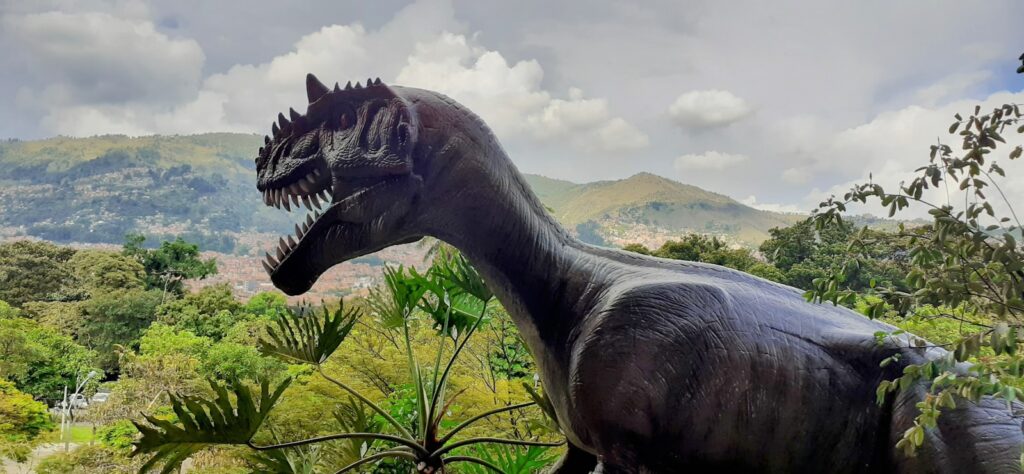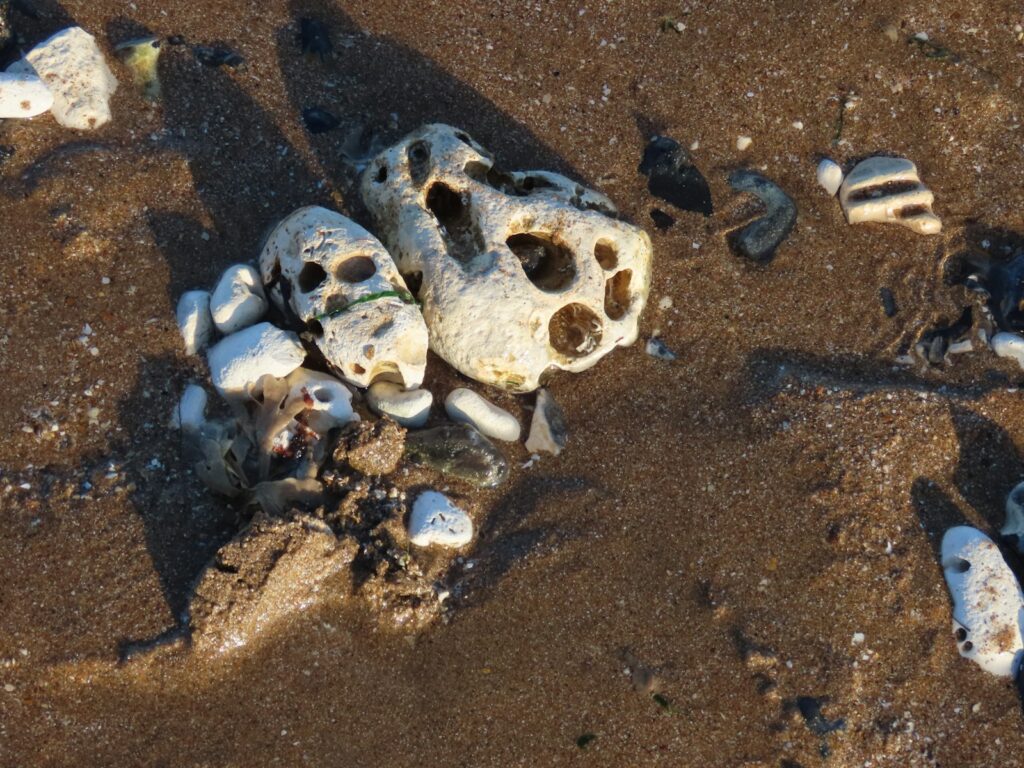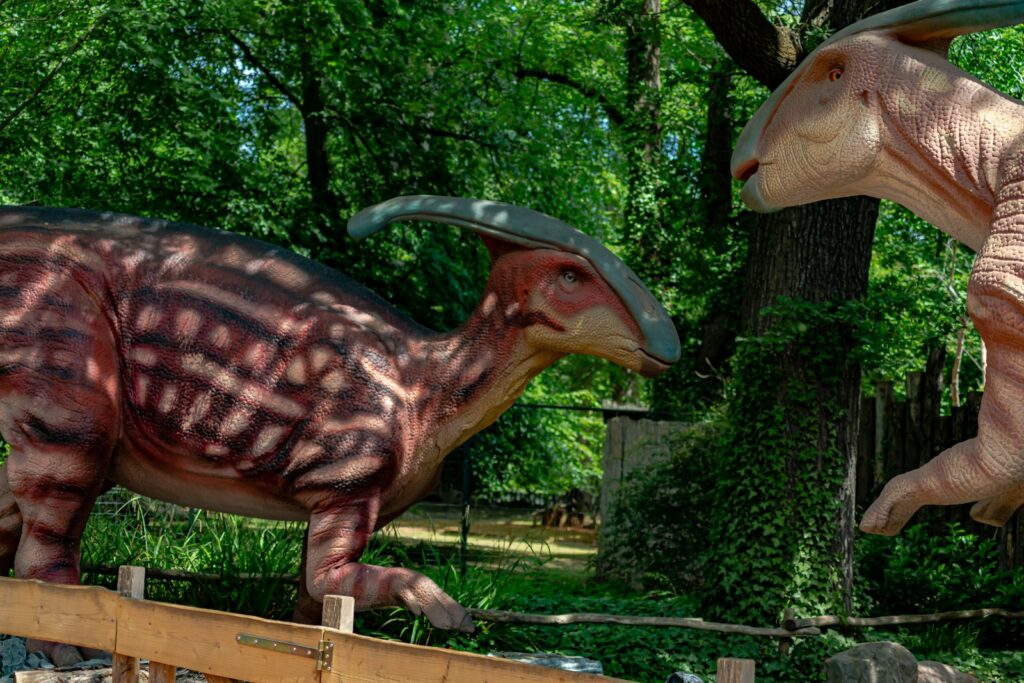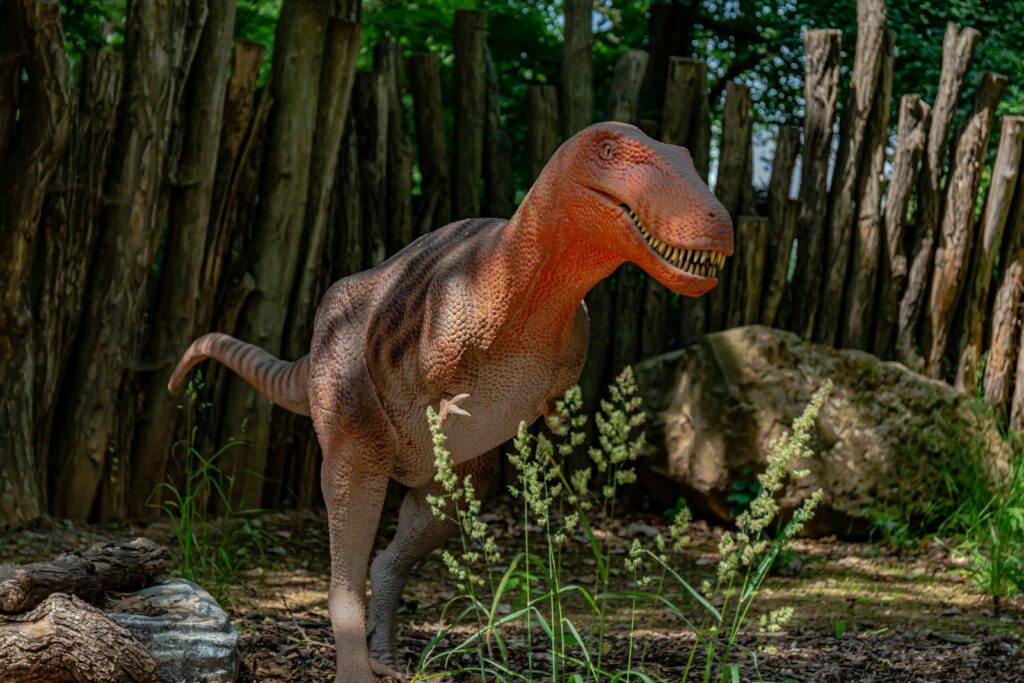The Triassic period, spanning from roughly 252 to 201 million years ago, witnessed one of the most dramatic evolutionary arms races in Earth’s history. Picture this: a world recovering from the most devastating mass extinction event ever recorded, where 90% of marine species and 70% of terrestrial vertebrates had vanished. Into this ecological vacuum stepped the early dinosaurs, small and seemingly insignificant creatures that would eventually dominate the planet for over 160 million years. But here’s the shocking truth – they weren’t supposed to win.
The Post-Apocalyptic Triassic World
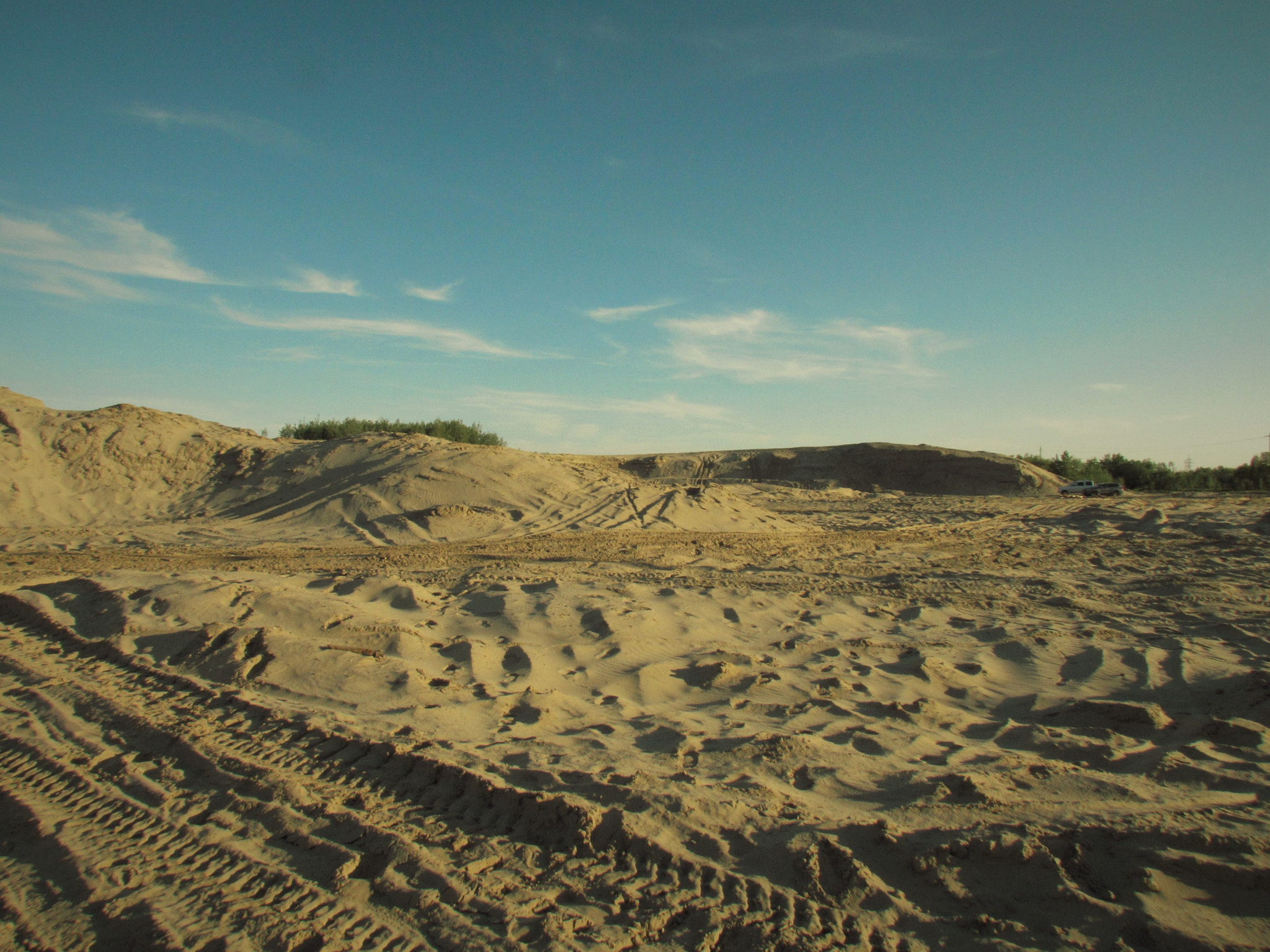
The Triassic Earth was a planet reborn from ashes. The Permian-Triassic extinction event, often called the “Great Dying,” had left behind a world that resembled a science fiction nightmare more than the lush environments we might imagine. Volcanic activity had pumped massive amounts of carbon dioxide into the atmosphere, creating a greenhouse effect that pushed global temperatures to scorching levels.
Oxygen levels plummeted to dangerous lows, making survival a constant struggle for any creature trying to breathe. The landscape was dominated by barren deserts, with sparse vegetation clinging to life in isolated pockets. Rivers ran red with sediment, and the few remaining forests were populated by primitive conifers and ferns that had somehow survived the catastrophe.
The Unexpected Underdogs

When we think of early dinosaurs, we need to forget everything we know about their later descendants. These weren’t the towering giants that would later shake the Jurassic forests. Instead, picture creatures no bigger than a house cat, scurrying through the undergrowth on their hind legs with the nervous energy of modern birds.
Eoraptor, one of the earliest known dinosaurs, stood barely three feet long and weighed less than 20 pounds. Its teeth were small and sharp, designed for catching insects and small prey. Compare this to the dominant predators of the time – massive archosaurs like Saurosuchus, which could grow up to 40 feet long and possessed jaws powerful enough to crush bones.
The early dinosaurs seemed destined to remain in the shadows, playing supporting roles in an ecosystem dominated by much larger and more fearsome creatures. Yet something extraordinary was about to unfold.
Revolutionary Breathing Apparatus
The secret weapon that gave dinosaurs their edge wasn’t size or strength – it was their revolutionary respiratory system. While other reptiles struggled in the low-oxygen environment of the Triassic, dinosaurs had evolved an incredibly efficient breathing mechanism that would make modern athletes envious.
Their respiratory system featured a network of air sacs that extended throughout their bodies, similar to what we see in modern birds. This allowed them to extract oxygen from both the inhalation and exhalation phases of breathing, essentially giving them twice the oxygen intake of their competitors. Think of it as having a turbo-charged engine in a world where everyone else was running on fumes.
This adaptation meant that while other animals panted and gasped in the thin air, dinosaurs could maintain high activity levels for extended periods. They could hunt longer, run faster, and recover more quickly from exertion than any other terrestrial vertebrate of their time.
The Temperature Control Advantage
Living in the greenhouse world of the Triassic required more than just efficient breathing – it demanded sophisticated temperature control. While cold-blooded reptiles were forced to seek shade during the scorching midday heat, early dinosaurs had developed a metabolism that gave them unprecedented thermal flexibility.
Evidence suggests that many early dinosaurs were mesothermic, meaning they maintained a metabolic rate somewhere between cold-blooded reptiles and warm-blooded mammals. This gave them the best of both worlds: they could remain active during cooler periods when other reptiles became sluggish, yet they didn’t require the massive food intake that warm-blooded animals needed to survive.
Their smaller size also worked in their favor, allowing them to cool down more efficiently than their massive competitors. When temperatures soared, they could retreat to burrows or dense vegetation, while larger animals had nowhere to hide from the relentless heat.
Speed and Agility Revolution
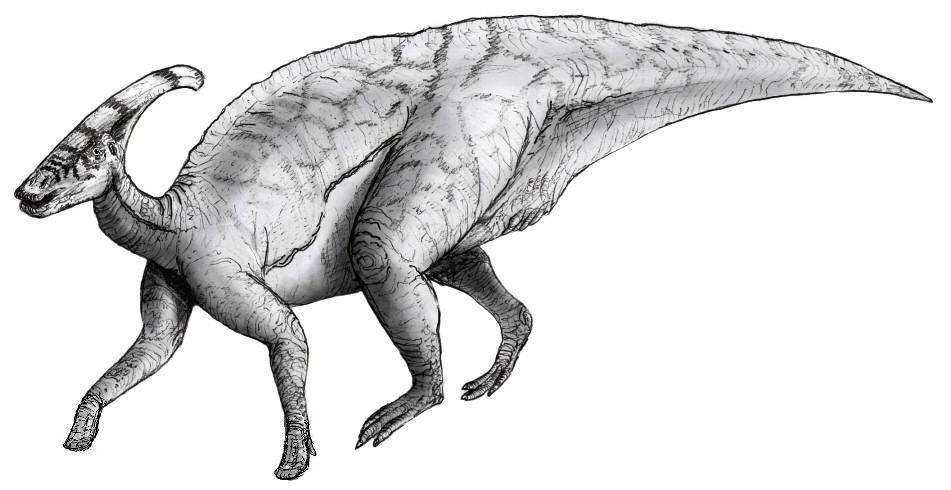
The early dinosaurs didn’t just survive the Triassic – they revolutionized how animals moved across the landscape. Their bipedal stance, with legs positioned directly beneath their bodies rather than sprawling out to the sides, gave them a mechanical advantage that was nothing short of revolutionary.
While other reptiles moved with the characteristic side-to-side gait that limited their speed and endurance, dinosaurs could run with the efficiency of modern mammals. Their stride length was longer, their energy expenditure lower, and their maneuverability superior. Imagine trying to chase a modern roadrunner while moving like a crocodile – that’s the disadvantage their competitors faced.
This agility proved crucial in a world where predator-prey relationships were constantly shifting. Early dinosaurs could escape from larger predators by darting into spaces too small for their pursuers, and they could catch prey that other predators couldn’t even pursue.
Dietary Flexibility in Harsh Times
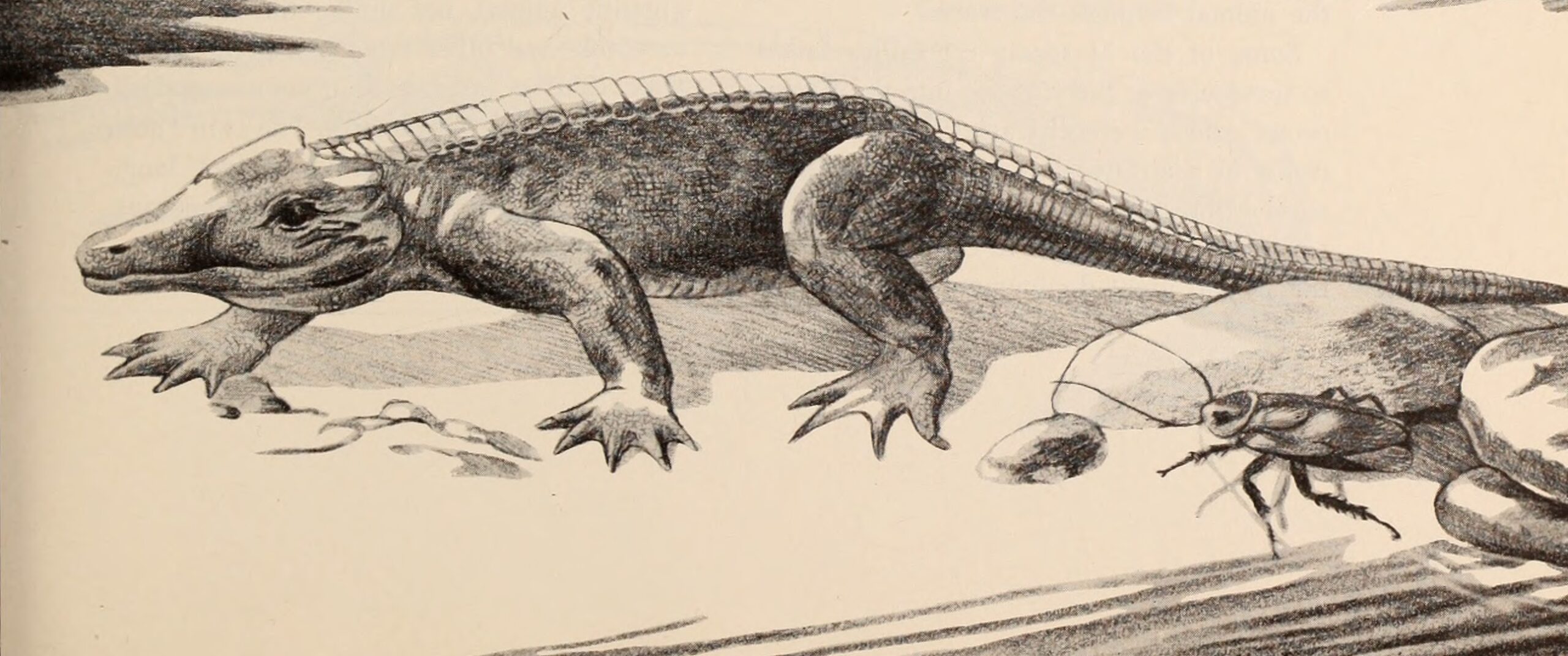
One of the most underappreciated advantages of early dinosaurs was their remarkable dietary flexibility. While many of their competitors were specialized feeders locked into specific ecological niches, dinosaurs displayed an omnivorous opportunism that served them well in the unpredictable Triassic environment.
Their teeth and jaw structures allowed them to process a wide variety of food sources – from insects and small vertebrates to seeds, fruits, and tender plant shoots. When traditional food sources became scarce due to climate fluctuations or ecological disruptions, dinosaurs could adapt their diet accordingly.
This flexibility became particularly important during the periodic environmental crises that punctuated the Triassic period. While specialized feeders faced extinction when their preferred food sources disappeared, dinosaurs simply switched to whatever was available, ensuring their survival through multiple ecological bottlenecks.
The Reproductive Edge
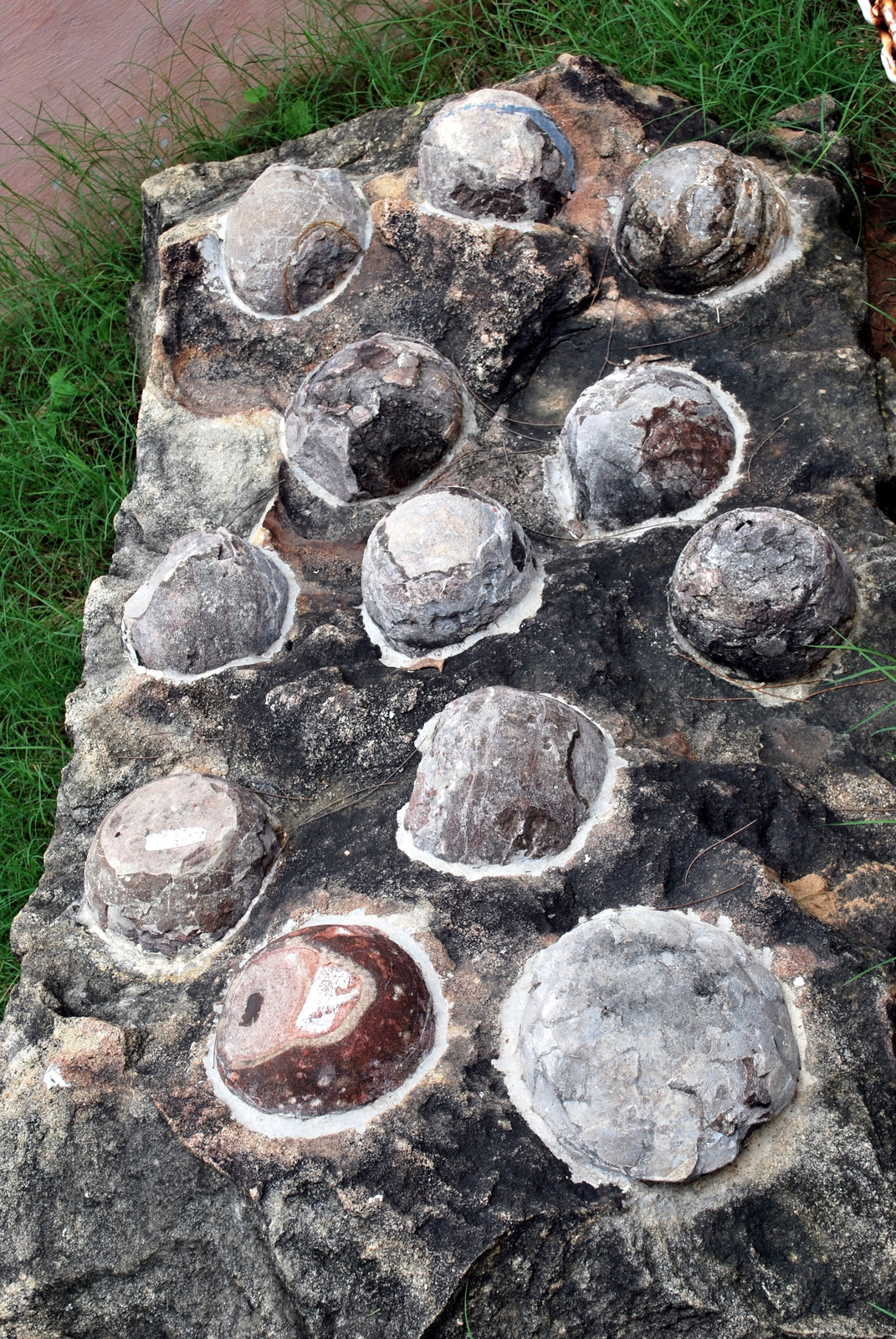
Early dinosaurs possessed a reproductive strategy that combined the best aspects of both mammalian and reptilian approaches. Unlike many of their contemporaries who laid large clutches of eggs and provided minimal parental care, dinosaurs developed sophisticated nesting behaviors and extended parental investment.
Fossil evidence suggests that many early dinosaurs built elaborate nests, carefully arranged their eggs, and remained with their young for extended periods. This increased the survival rate of their offspring dramatically compared to the “spray and pray” approach of many other reptiles.
Their smaller eggs also meant that females could produce multiple clutches per year if conditions were favorable, giving them a demographic advantage over competitors with longer reproductive cycles. In the rapidly changing Triassic environment, the ability to quickly increase population numbers when resources were abundant proved crucial for long-term survival.
Social Cooperation and Pack Behavior
While we often think of early dinosaurs as solitary creatures, mounting evidence suggests that many species had developed sophisticated social behaviors that gave them significant advantages over their more solitary competitors. Trackway fossils show groups of dinosaurs moving together, suggesting coordinated hunting or migration behaviors.
Pack hunting allowed smaller dinosaurs to take down prey much larger than themselves, opening up food sources that would have been impossible for individual hunters to access. This cooperative behavior also provided protection against larger predators – a group of alert dinosaurs was much harder to surprise than a solitary individual.
The social bonds extended beyond hunting, with evidence suggesting that dinosaurs may have engaged in cooperative child-rearing, sharing resources during times of scarcity, and even caring for sick or injured members of their group. This social safety net provided resilience that their competitors lacked.
Rapid Evolutionary Adaptation
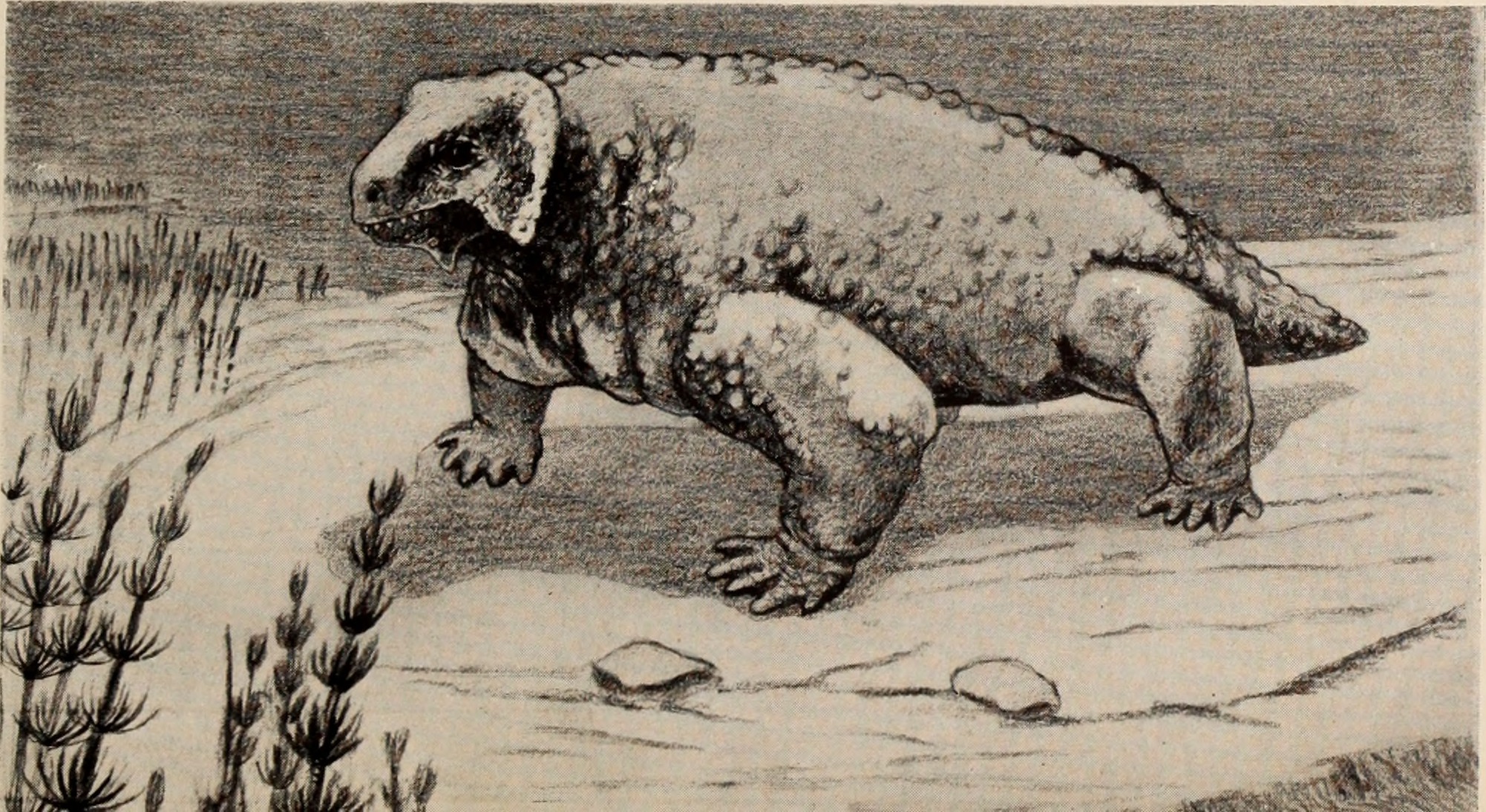
The Triassic period was characterized by rapid environmental changes, and early dinosaurs demonstrated an remarkable ability to evolve quickly in response to new challenges. Their relatively short generation times and high reproductive rates meant that beneficial mutations could spread through populations within just a few thousand years.
This evolutionary agility allowed dinosaurs to rapidly diversify into new ecological niches as they became available. When traditional predators disappeared, some dinosaur lineages quickly evolved to fill those roles. When new plant species emerged, other dinosaur groups adapted to exploit these resources.
Their genetic flexibility also meant that they could respond to environmental pressures more quickly than their competitors. While other species might require hundreds of thousands of years to adapt to changing conditions, dinosaurs could make significant evolutionary leaps in a fraction of that time.
The Cascade Effect of Success

As dinosaurs became more successful, their success began to feed on itself in a positive feedback loop that accelerated their rise to dominance. Their efficient metabolism allowed them to maintain larger populations, which in turn provided more opportunities for genetic variation and evolutionary experimentation.
Larger populations also meant that dinosaurs could explore more diverse habitats and ecological niches. As they expanded their range, they encountered new selective pressures that drove further diversification. Each successful adaptation opened up new opportunities for expansion and specialization.
This cascading effect of success eventually reached a tipping point where dinosaurs became so numerous and diverse that they began to outcompete other groups not through superior individual performance, but through sheer ecological dominance. They had become the ecosystem’s preferred solution to almost every environmental challenge.
Climate Change Champions
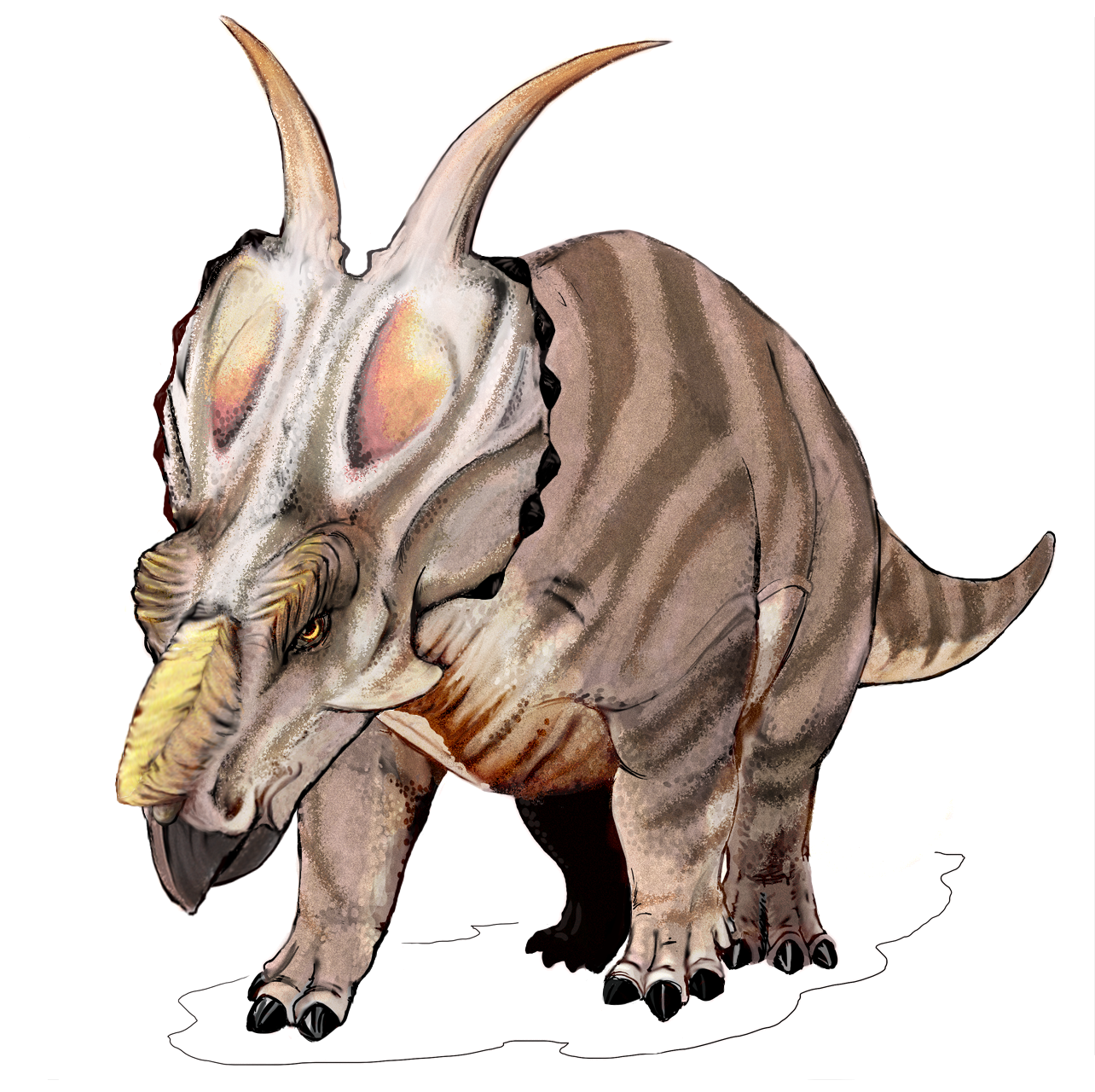
The Triassic period experienced several major climate shifts, and early dinosaurs proved remarkably adept at surviving these environmental rollercoasters. Their combination of physiological flexibility, behavioral adaptability, and rapid evolutionary response made them the ultimate climate change survivors.
During periods of extreme heat, their efficient cooling mechanisms and small size allowed them to find refuge in microclimates that were lethal to larger animals. When temperatures dropped, their improved metabolism kept them active while cold-blooded competitors became sluggish and vulnerable.
Most importantly, their dietary flexibility meant that they could adapt to the changing plant communities that accompanied each climate shift. While specialist feeders faced extinction when their preferred food sources disappeared, dinosaurs simply adjusted their diet to match whatever the new climate had to offer.
The Extinction Advantage
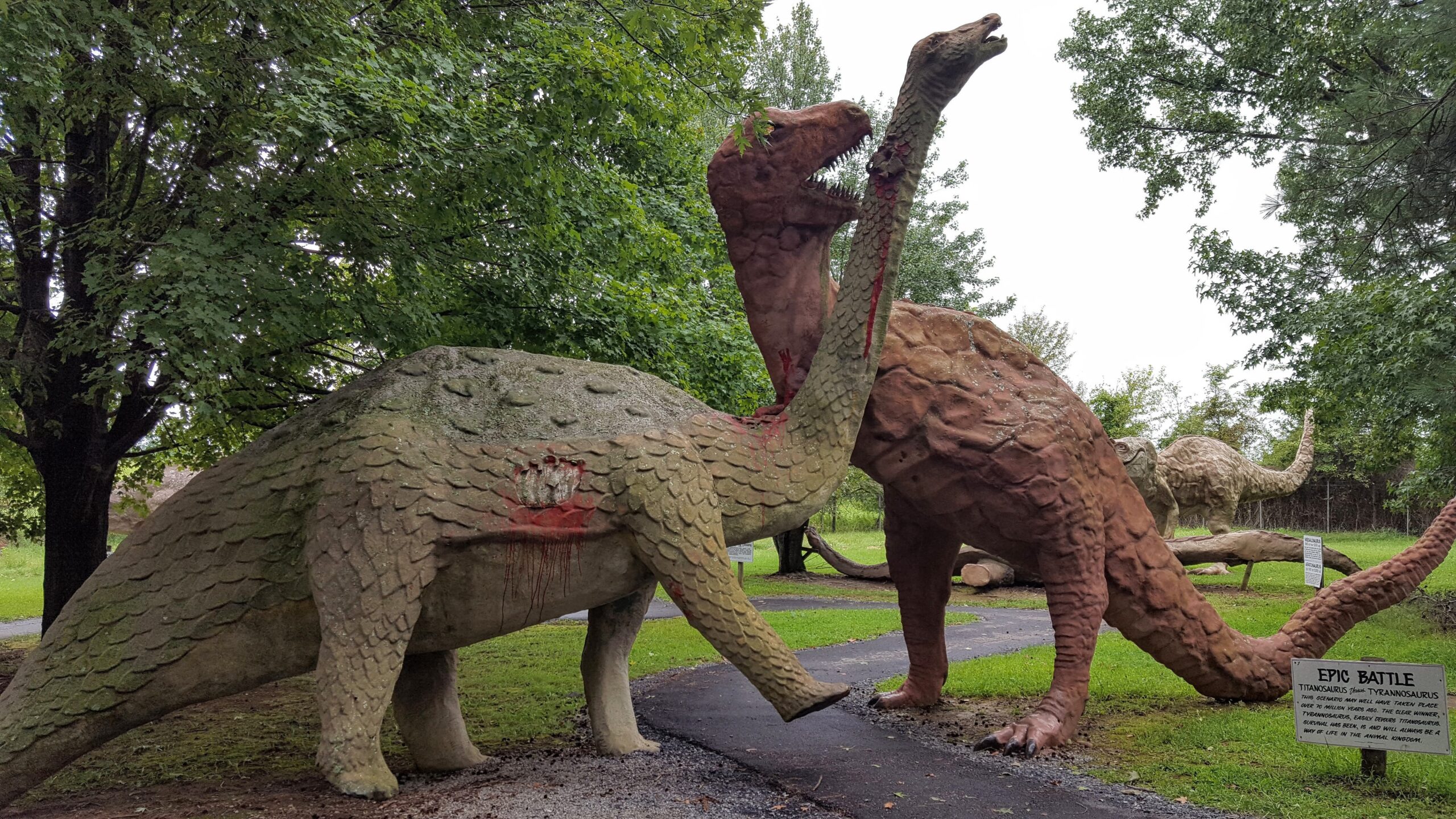
Paradoxically, the very catastrophes that threatened life on Earth became opportunities for dinosaur expansion. Each minor extinction event throughout the Triassic period eliminated competitors while leaving dinosaurs relatively unscathed, thanks to their superior survival adaptations.
Their small size meant they required fewer resources to survive during times of scarcity. Their efficient metabolism allowed them to maintain activity levels when other animals were forced into dormancy. Their social behaviors provided collective resources during the hardest times.
By the end of the Triassic, dinosaurs had weathered so many ecological crises that they had become the most resilient vertebrates on the planet. They weren’t just surviving – they were thriving in conditions that devastated their competitors.
The Molecular Revolution
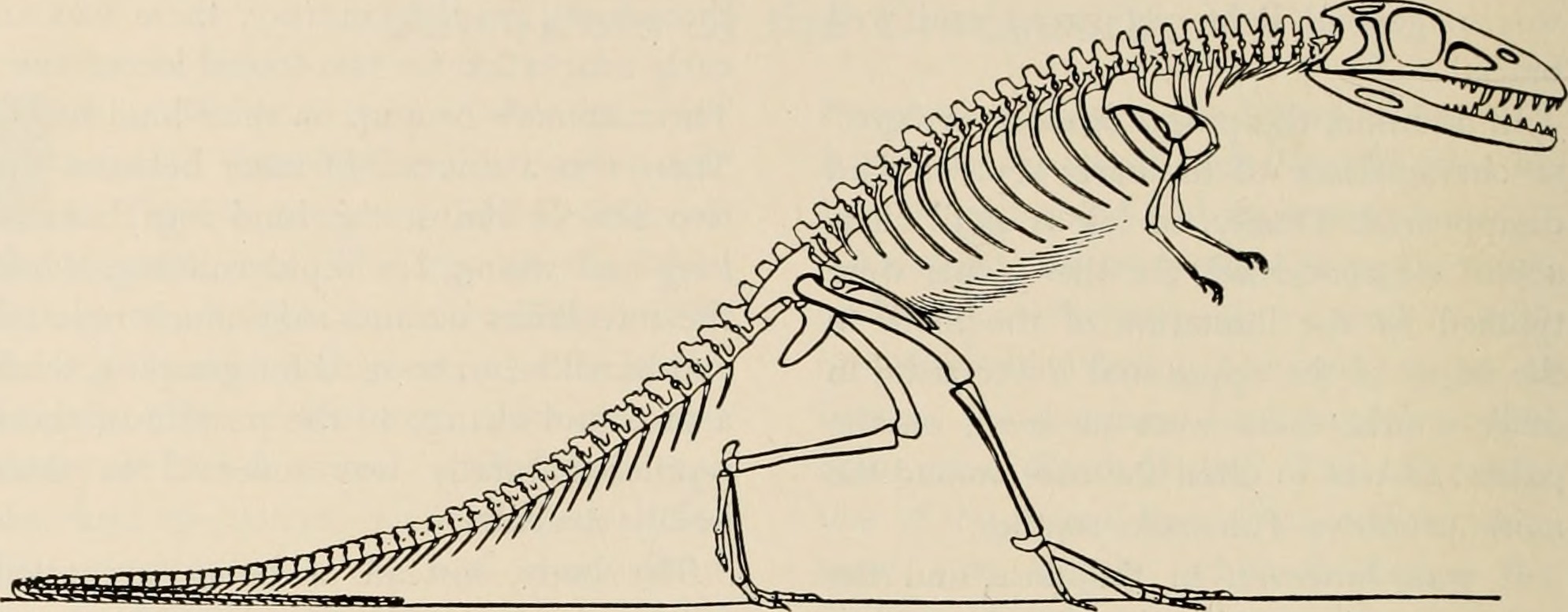
Recent advances in molecular paleontology have revealed that early dinosaurs possessed sophisticated biochemical adaptations that gave them advantages invisible to traditional fossil analysis. Their proteins and enzymes were remarkably stable across a wide range of temperatures and pH levels, allowing them to maintain cellular function under environmental conditions that would have disrupted the biochemistry of their competitors.
The structure of their hemoglobin molecules was particularly impressive, allowing them to extract oxygen from the thin Triassic atmosphere with an efficiency that bordered on the miraculous. This molecular-level adaptation was perhaps the most important factor in their success, though it remained hidden from scientists until very recently.
Their cellular repair mechanisms were also highly advanced, allowing them to recover from environmental damage more quickly than other animals. This meant that they could survive in marginal habitats that were slowly killing their competitors through accumulated cellular damage.
The Behavioral Innovation
Early dinosaurs displayed behavioral innovations that seem almost modern in their sophistication. Evidence suggests that they used tools, engaged in complex communication, and even demonstrated problem-solving abilities that wouldn’t be out of place in modern intelligent animals.
Their communication systems appear to have been particularly advanced, with different species developing distinct “dialects” that allowed for complex social coordination. This communication advantage allowed them to coordinate group activities more effectively than their competitors, giving them significant advantages in both hunting and defense.
Perhaps most remarkably, some early dinosaurs appear to have engaged in what can only be described as cultural transmission – passing learned behaviors from one generation to the next. This meant that successful survival strategies could spread through populations without requiring genetic changes, dramatically accelerating their adaptation to new environments.
The Legacy of Triassic Triumph
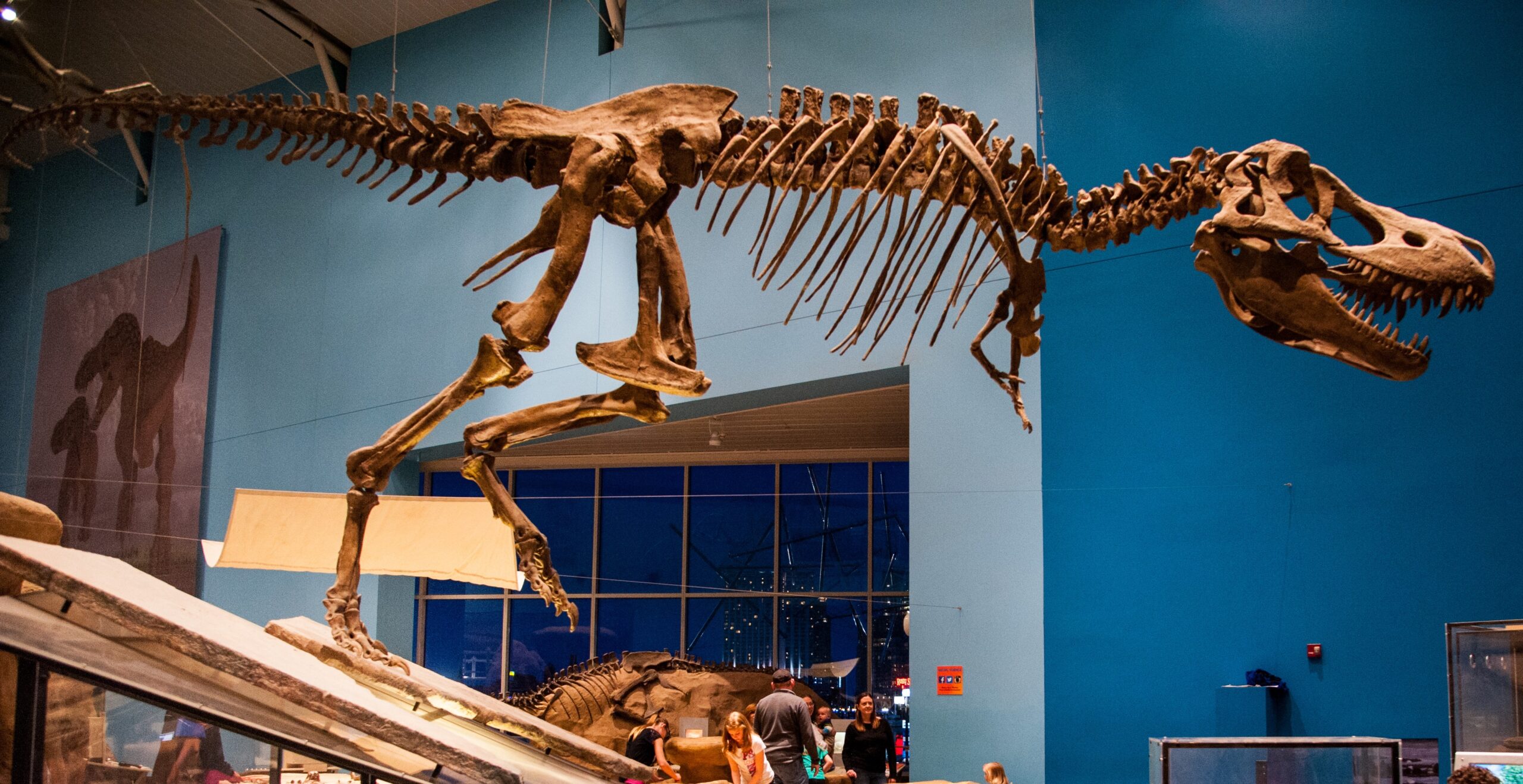
The success of early dinosaurs in the Triassic period wasn’t just a temporary victory – it established patterns that would define life on Earth for the next 160 million years. Their combination of physiological efficiency, behavioral flexibility, and evolutionary adaptability created a template for success that would allow their descendants to dominate virtually every terrestrial ecosystem on the planet.
The adaptations that allowed them to survive the harsh Triassic environment became the foundation for their later gigantism. The efficient respiratory system that helped them breathe in low-oxygen conditions would later support the massive bodies of sauropods. The social behaviors that helped them survive environmental crises would evolve into the complex pack hunting strategies of later theropods.
Most importantly, their success in the Triassic established dinosaurs as the dominant terrestrial vertebrates, a position they would hold until the asteroid impact that ended the Mesozoic Era. The small, seemingly insignificant creatures that scurried through the Triassic undergrowth had unknowingly secured their place as the most successful vertebrates in Earth’s history.
The story of early dinosaur success in the Triassic period reveals a profound truth about evolution and survival. It wasn’t the biggest, strongest, or most fearsome creatures that inherited the Earth – it was the most adaptable, efficient, and resilient. The dinosaurs won the Triassic race not through brute force, but through a combination of physiological innovations, behavioral flexibility, and evolutionary agility that allowed them to thrive in conditions that defeated their competitors. Their triumph reminds us that in the game of survival, intelligence and adaptability often matter more than size and strength. What lessons might we learn from their success as we face our own environmental challenges?

